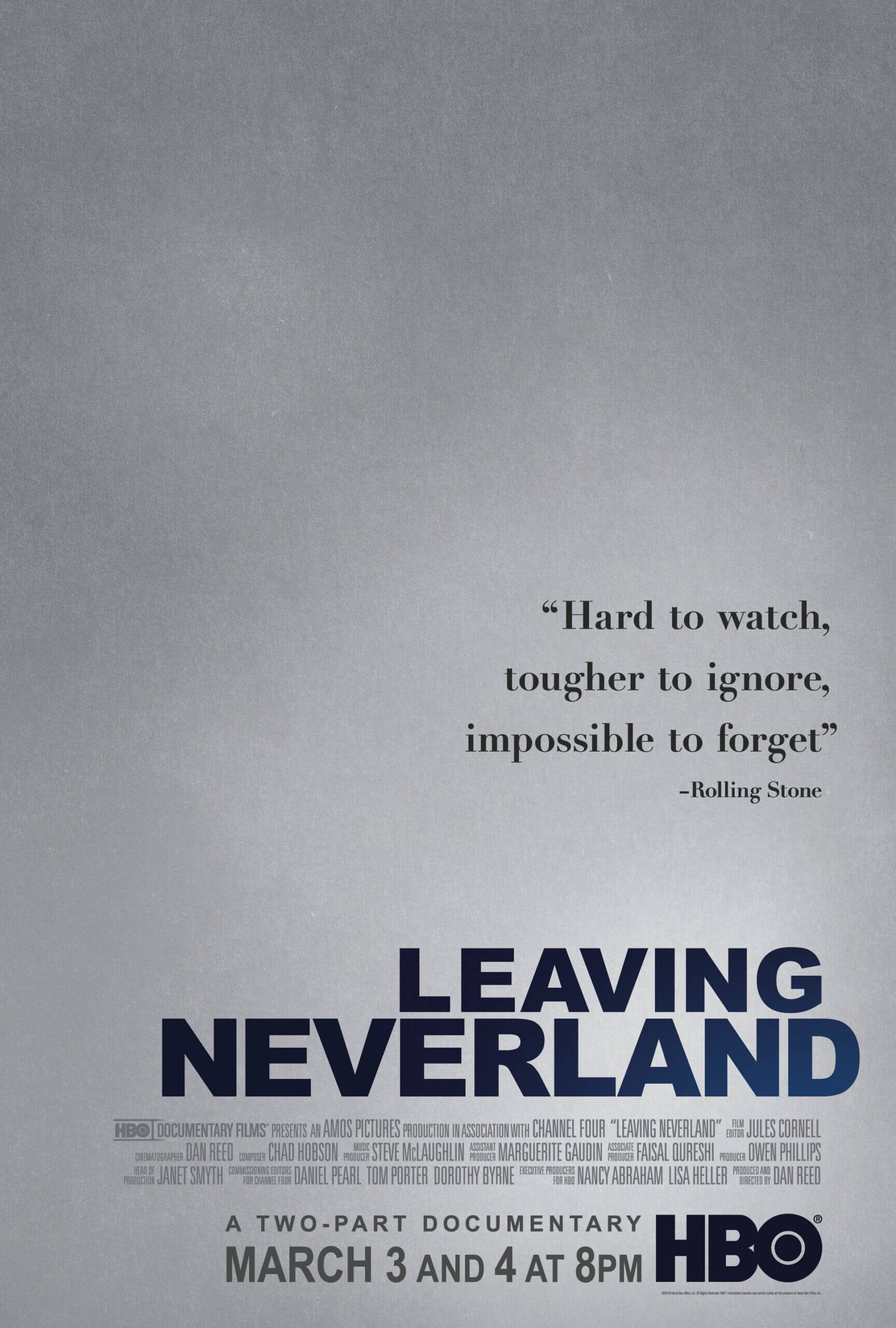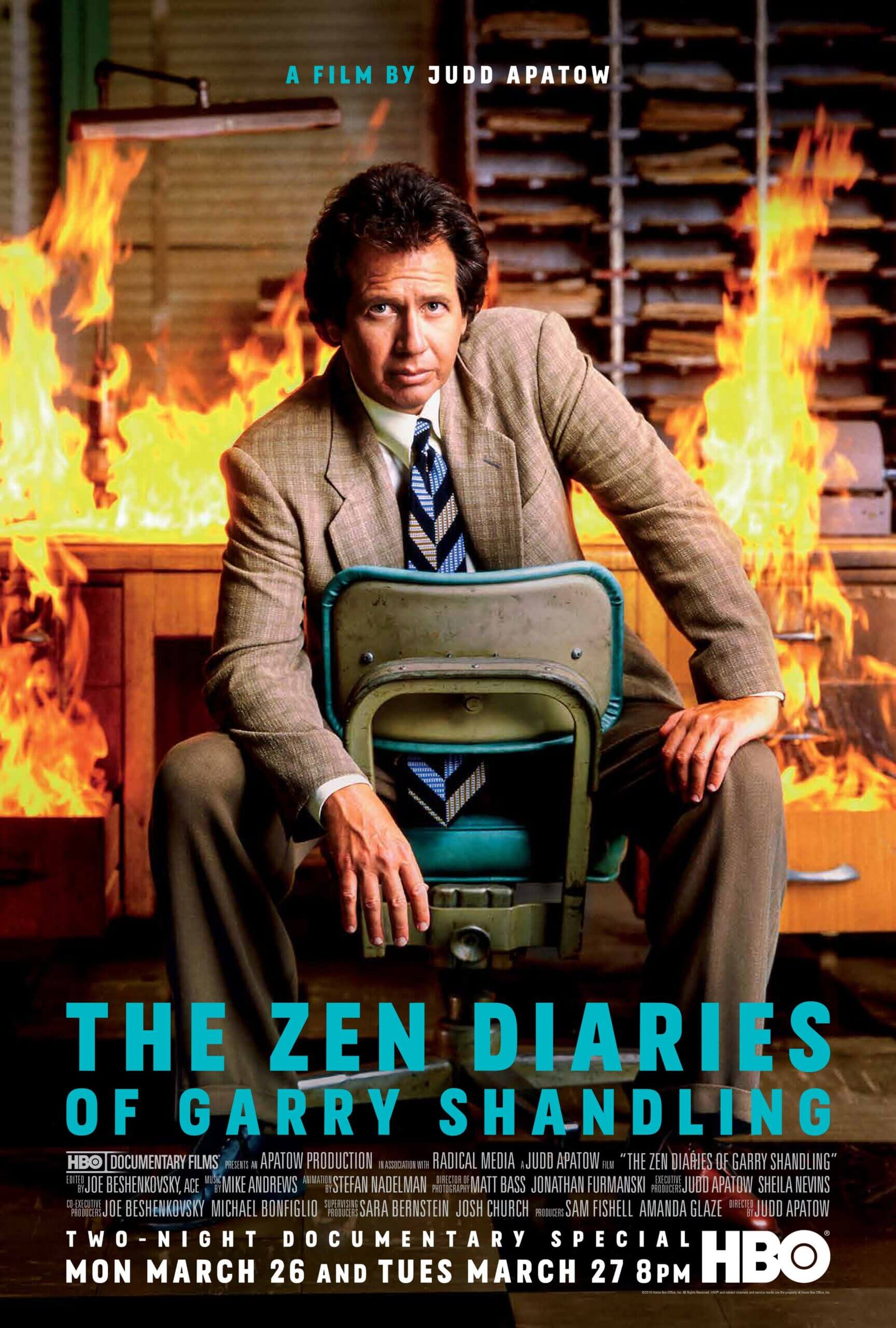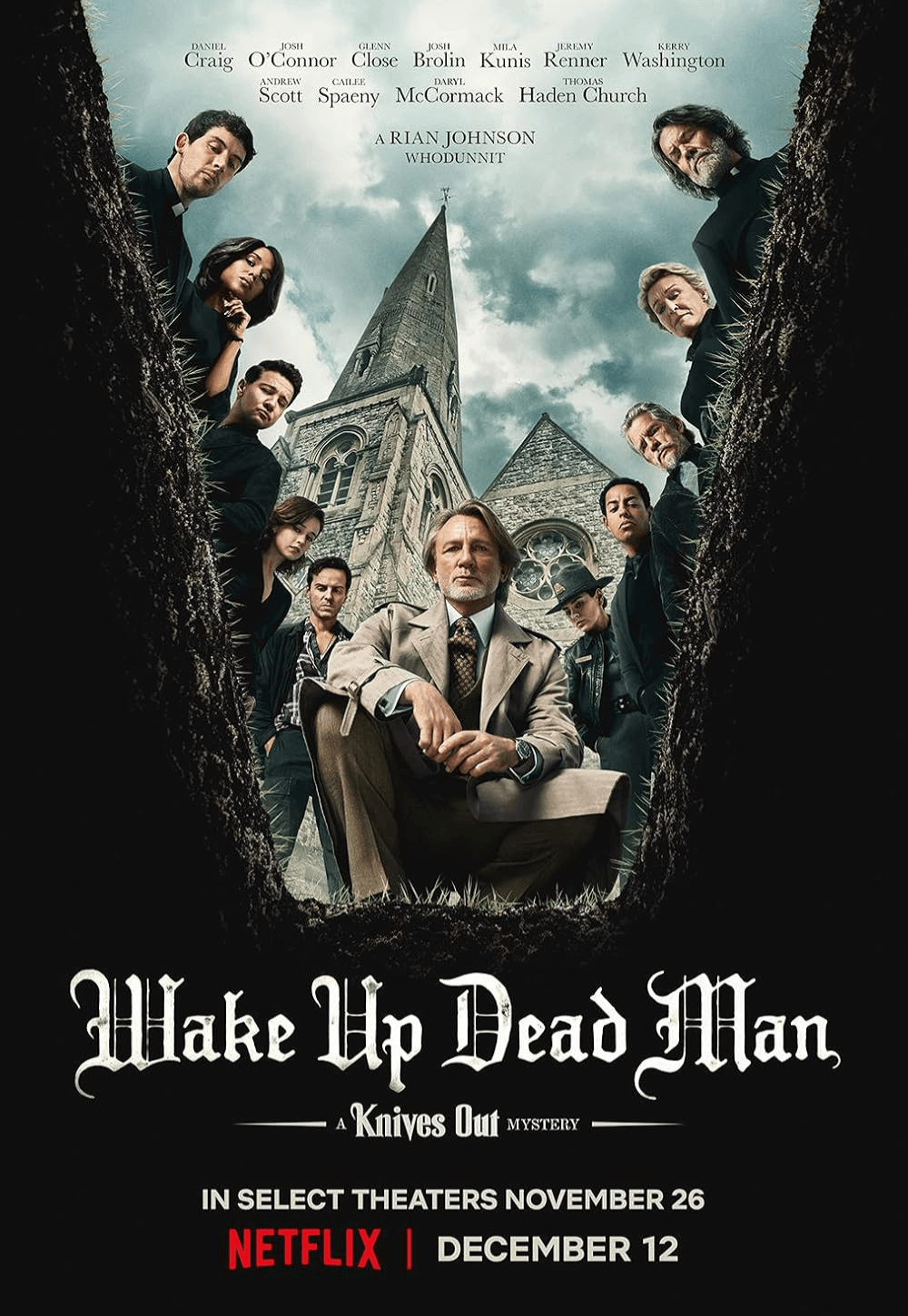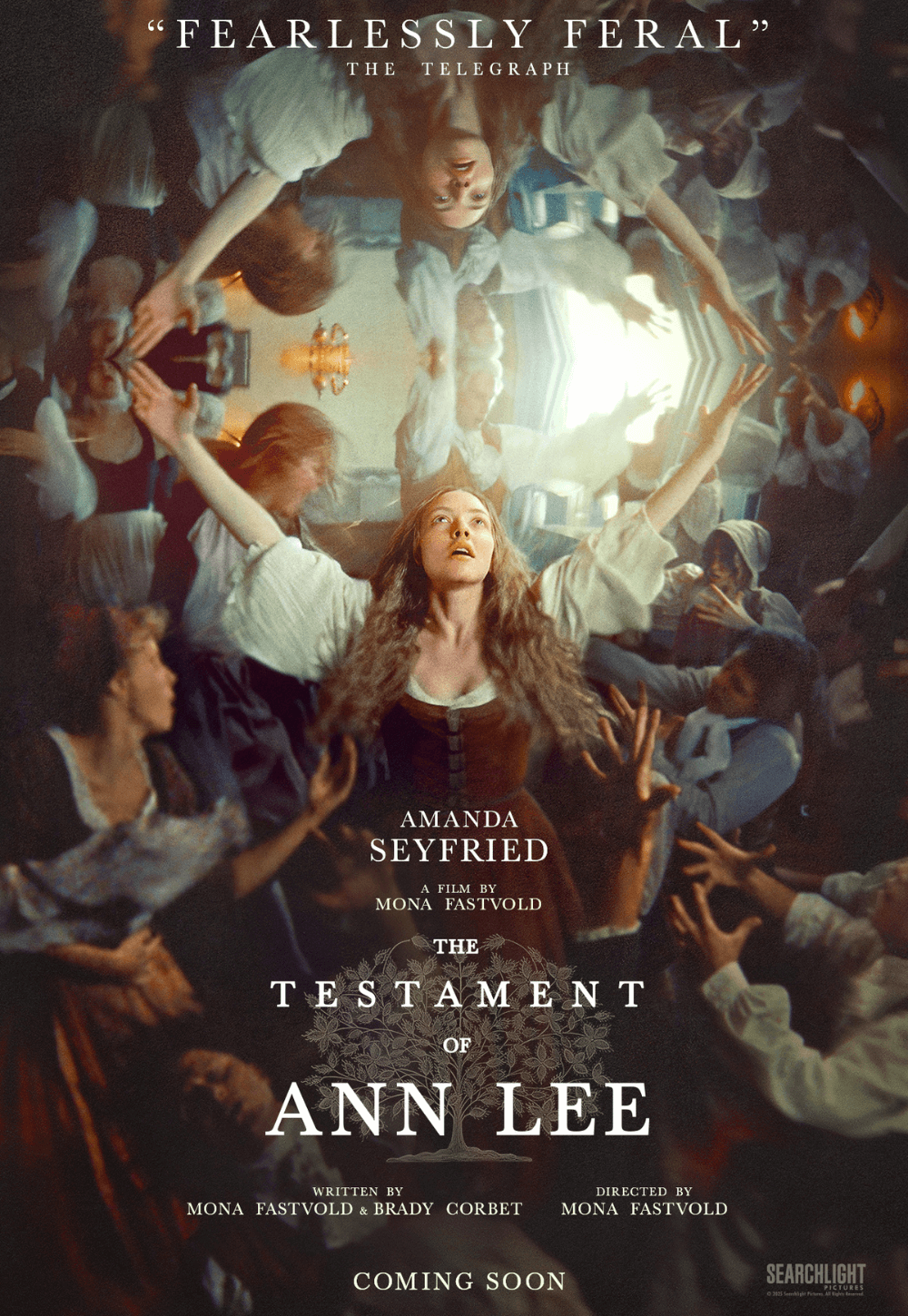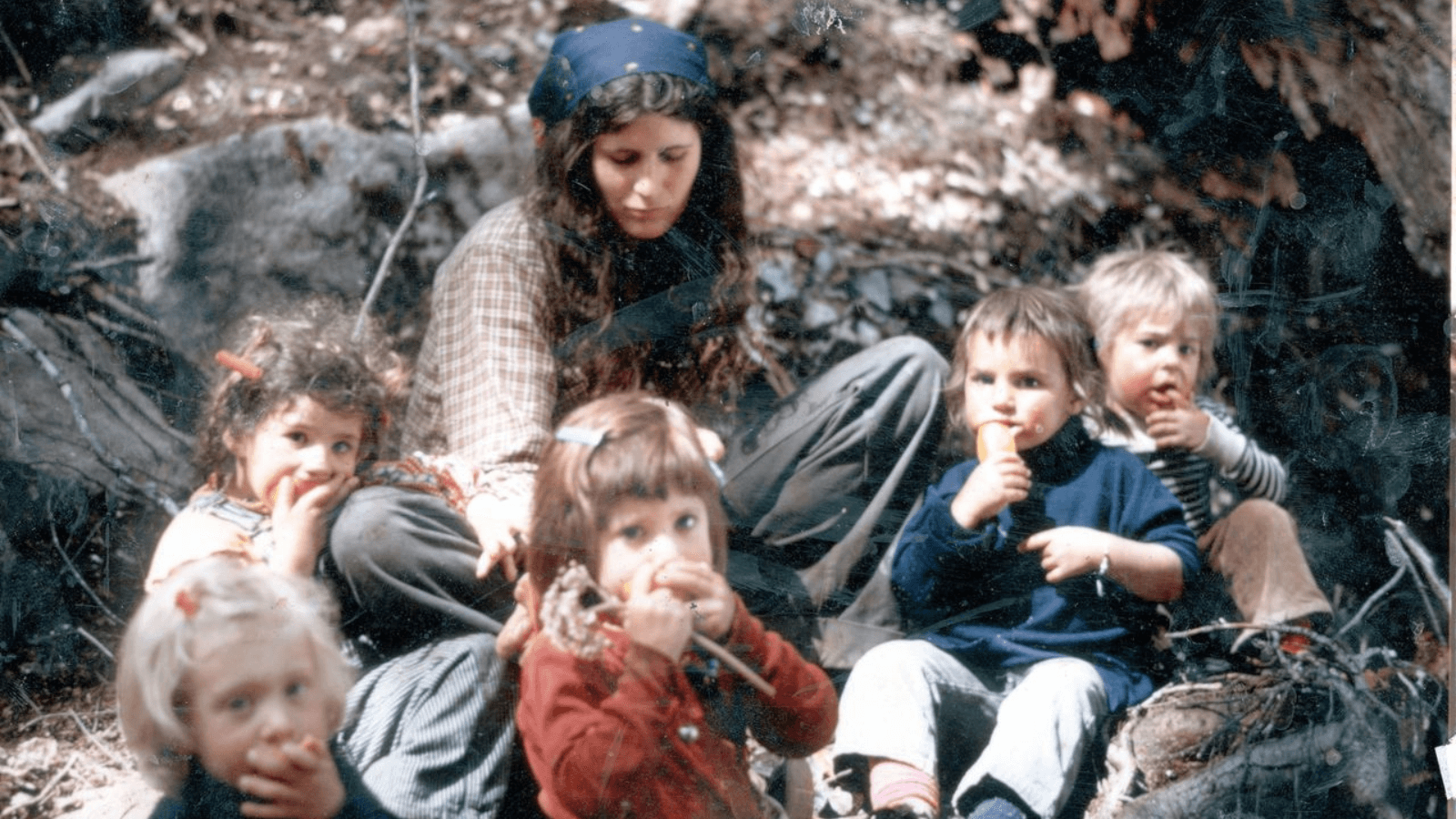
Commune
By Brian Eggert |
Note: A newly restored version of Commune arrives in limited theatrical release on July 11 and expands in the weeks to come. Click here for showtimes and additional information. Commune is also available on some streaming services, including Kanopy.
Say “commune,” and images of flower children, vegans, New Age remedies, and free love advocates come to mind. Jonathan Berman released Commune, his portrait of a famous cooperative living experiment, in 2005. The documentary follows Richard and Elsa Marley, who founded the 80-acre Black Bear Ranch in 1968 on the site of an abandoned mining town in Siskiyou County, California. Nestled in the wilderness, ten miles from anywhere, they started their would-be utopia on the principle of “free land for free people.” Their counterculture haven provided a new way of life for those resisting the US government’s demand for social conformity, the FBI’s mission to dismantle progressive movements, and the general unrest of the 1960s. Berman’s engrossing film returns to theaters not just to celebrate its twentieth anniversary but also to comment on the parallels between then and now, and how those who disagree with their government respond to unpredictable times by dropping out of conventional society.
What’s fascinating about the film is Berman’s non-judgmental, rather anthropological eye. His doc captures how many went to Black Bear to escape the American way of life and establish a new ideal. What they found was the essence of Americanism: Before long, individual concepts about what constitutes a so-called alternative lifestyle underscored the impossibilities inherent in fulfilling their dream—after all, ideals are aspirational, and therefore unattainable. Just as America could be described as a community of people voting for and fighting over their way of life through the democratic process, Commune shows that alternative lifestyles face similar challenges. So perhaps commune living is less a substitute than a fringe variety of Americanism.
As with most movements of this kind, Black Bear Ranch started with the best intentions. The Marleys purchased the land for $22,000 and planned to house about a dozen like-minded individuals, many of whom were from their counterculture circle. Upwards of forty showed up. Richard, in his mid-thirties, represented the oldest of the bunch. The others hailed from Berkeley and various left-leaning communities in California. Its initial members sought funding from counterculture figureheads (Frank Zappa, The Monkees, and James Coburn) who made lucrative careers out of appearing nonconformist. When the ranch first opened, the locals believed the ranchers were growing cannabis or hemp. The authorities stormed in and discovered what those hippies were actually growing: tomato plants.
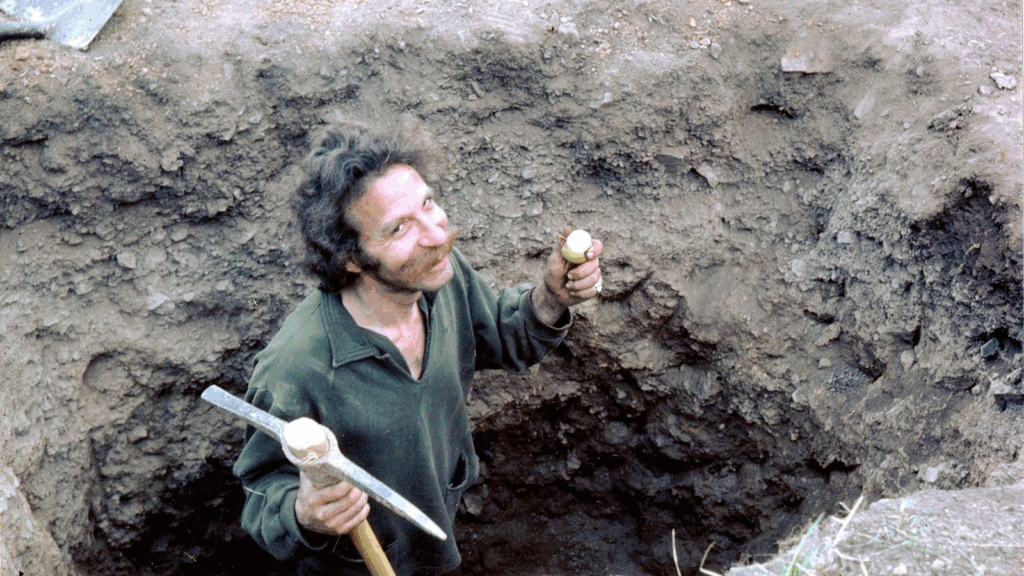
Commune offers an intriguing, time-capsule look at an egalitarian group of people attempting to find their groove. They begin with the best of intentions, from learning how to survive their first winter to keeping everyone fed. Second-wave feminism was still relatively young, and some of the men needed to adjust their views on women. One photo of a woman in a bra, wielding a chainsaw, seems to encapsulate their realization that gender boundaries are defined by the culture in which they exist. The people at Black Bear sought to create a new culture, reacting to a patriarchal and capitalist system. One famous member, actor Peter Coyote, remarked that they wanted to be something other than a “consumer or an employee.” Each of them has complex feelings about America, given that “the ability to do what you want” no longer applies. It’s an achingly familiar sentiment for this moment in American history.
Serving as director, writer, producer, and cinematographer, Berman’s scrappy style feels authentic and almost quaint next to the homogenized polish of today’s Netflix documentaries. The omnipresence of modern 4K digital cameras and editing software now makes the filmmaking process comparatively easy and slick looking; however, Berman, according to the press notes, edited 160 hours of raw footage on early Final Cut Pro software to achieve the feature’s mere 78-minute runtime. Compiled from archival 16mm film stock, black-and-white home movies, old photographs, and new images, Berman’s film has a handcrafted quality that looks refreshing. Commune also includes interviews shot in the early 2000s. When Berman caught up with those who stayed at Black Bear, he found that the former hippies had settled down to somewhat normal lives. Some lived in California homes with pools, fruit trees, and greenhouses. Coyote later appeared in commercial films directed by Steven Spielberg, Brian De Palma, and Barry Levinson. Others worked in alternative medicine, acupuncture, publishing, biochemistry, and law. But each of them still held Black Bear dear for enriching their life.
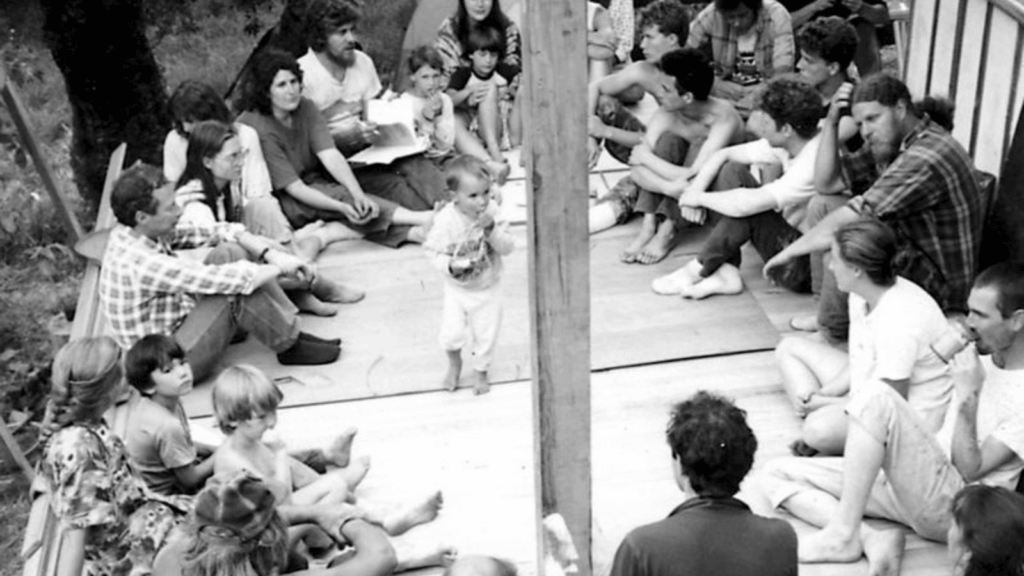
Commune confirms some generalizations about Black Bear, including the presence of New Age healers, nudists, and free-love orgies, which seem to fascinate Berman. “I could love my lover loving someone else,” says one woman. “I totally flipped out” from jealousy, remarks one man. Some handled the vibe better than others, so people came and went. The group even asked members to leave due to personality conflicts. For instance, the members of Shivalila, a cult headed by Gridley Wright, proved unwelcome given their views on raising children. But one of the children born at Black Bear admits the environment was supportive: “I had a lot of mothers growing up,” she says. Others resolved to leave and start nuclear families or get conventional jobs. Still, I found myself asking practical questions that Berman never answers and that perhaps needed fleshing out. What was the bathroom situation? How did they keep clean? What about the Karuk Tribe, who once inhabited the region? What was the commune’s relationship with the environment and surrounding communities?
Despite having questions and wanting more from Commune, I admired how most of the people interviewed look back fondly on their time at Black Bear. Most maintain lifestyles that seem enriched by their experiences. They’ve lived the extreme alternative, and as a result, they have found a balanced life that neither conforms to the commune’s rules nor subjects them to the American rat race they wanted to escape. Just as democracy reveals itself as a failed experiment in Trump’s America, Commune is a stirring portrait of an unmistakably American institution—one that begins with the best, most idealistic intentions, yet proves impossible to sustain long term. If living in Black Bear seems unmanageable for a lifetime, the experience might offer a reset button for those who have lived there. Sometimes, a person must undergo a radical lifestyle change to achieve self-understanding. I imagine that a stay at Black Bear Ranch, which remains open today, might still have that effect.
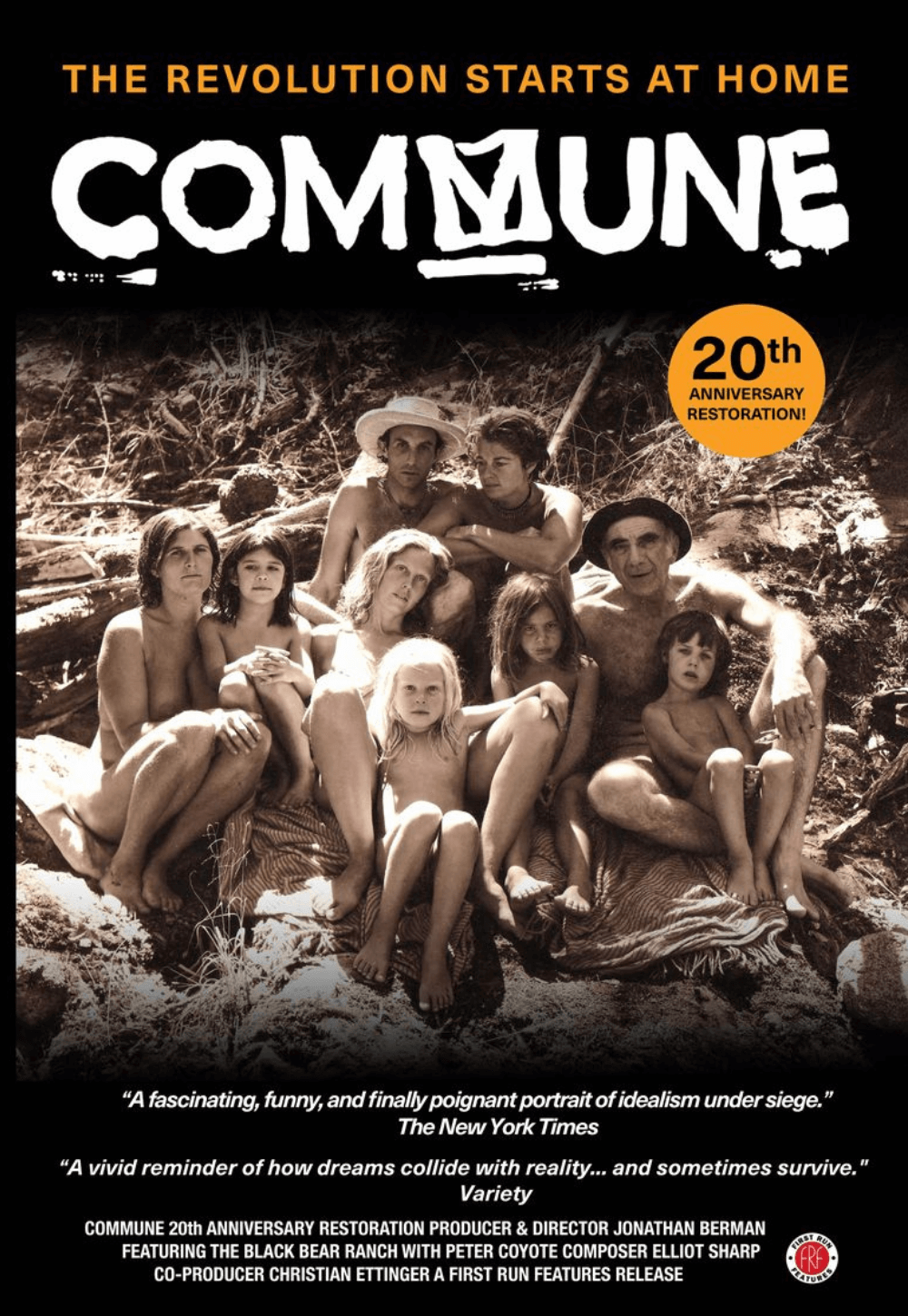
Thank You for Supporting Independent Film Criticism
Thank you for visiting Deep Focus Review. If the work on DFR has added something meaningful to your movie watching—whether it’s context, insight, or an introduction to a new movie—please consider supporting it. Your contribution helps keep this site running independently.
There are many ways to help: a one-time donation, joining DFR’s Patreon for access to exclusive writing, or showing your support in other ways. However you choose to support the site, please know that it’s appreciated.
Thank you for reading, and for making this work possible.
Brian Eggert | Critic, Founder
Deep Focus Review


